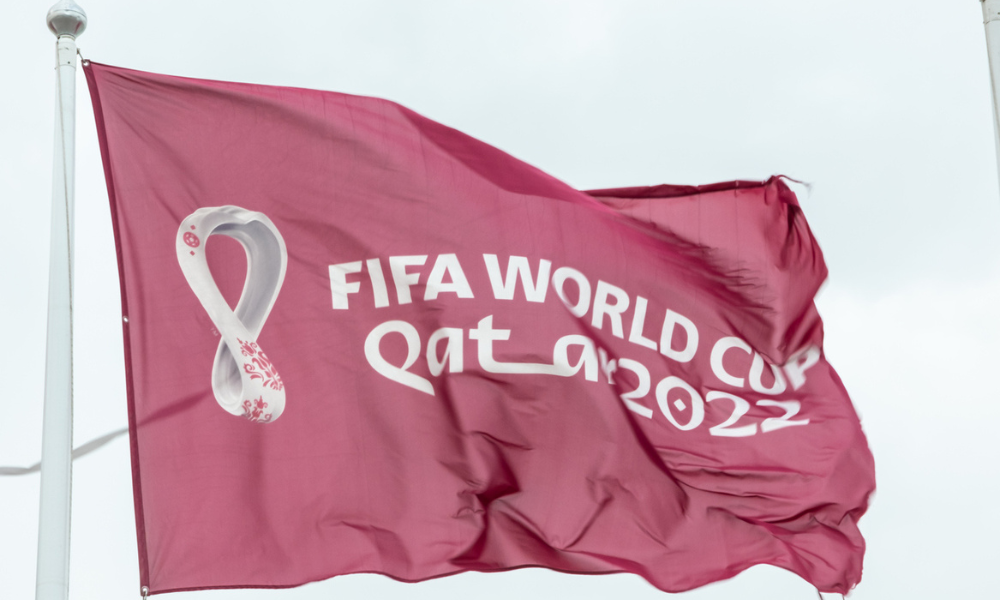Can qualifying countries' weightings in broad global benchmarks offer insight into their chances of victory?

Aside from being a venue for national pride and intense rivalries, the World Cup provides abundant material for social scientists, economists, and even political theorists to study and try to spot trends or patterns that might influence who will emerge victorious in the beautiful game.
That includes Sean Freer, director for Global Equity Indices at S&P Dow Jones Indices, who recently published his own armchair analysis of what factors could push a qualifying country closer to sweet victory.
In a note published on the Indexology Blog, Freer pointed out that both China and India would have unarguably clinched the trophy at this point if tournament performance depended on population levels. Meanwhile, the United States, Luxembourg, or Singapore would undoubtedly be in the running for the coveted cup at this point if economic size or GDP per capita were valid indicators.
“S&P Dow Jones Indices (S&P DJI) certainly does not purport to have isolated the secret ingredient for World Cup success, but we do know indices and are keenly following competing countries that are included in the S&P Global BMI (Broad Market Index) and S&P Frontier BMI,” Freer said in his recent commentary.
He noted that the S&P Global BMI includes 20 of the 32 nations that already have qualified for the 2022 World Cup finals making up 87.7% of the broad index's market capitalization. Fifteen of those nations are regarded as developed, while the remaining five are developing.
The S&P Frontier BMI seven additional competing nations, which comprise about a third of the index's market capitalization. That leaves five FIFA qualifiers, which currently do not satisfy the requirements to be counted as frontier markets.
Freer noted that the developed cohort has the lowest mean FIFA rating of any group, falling in at 15.8, followed by the nations not included in S&P DJI's global equities index series, which came in at 25.8.
The developing-market cohort had an average rank of 28.2, higher than the frontier cohort's 27.1, despite the top-ranked FIFA nation (Brazil) being among the group of emerging markets.
Only 25 of the approximately 200 nations and associations that make up FIFA fit S&P DJI's definition of developed markets, Freer said. Yet these 25 countries account for more than 40% of the countries – 15 out of 32 – that qualified for the 2022 finals; they also counted for more than 60% of the teams who proceeded to the round of 16.
“While Brazil is the favorite to be in the World Cup Final on Dec. 18, 2022, form aside, it seems that countries from the developed markets cohort will have the highest likelihood of World Cup success,” Freer said, noting that six of the eight World Cup Finals held since the launch of the S&P Global BMI in 1989 have been won by developed countries.
Relative their weighting and number of companies represented in the S&P Global BMI, he said Canada, Germany, and Denmark have been underperforming in terms of their global market stature and footballing prowess, as they did not progress beyond the group stage at this year’s competition.
“While Argentina, Brazil and Croatia have outperformed their market stature, they are highly placed in their FIFA rankings—so this isn’t unexpected,” Freer added. “Surprising outperformers would be Morocco, Ghana and Senegal based on their limited investable market stature.”



